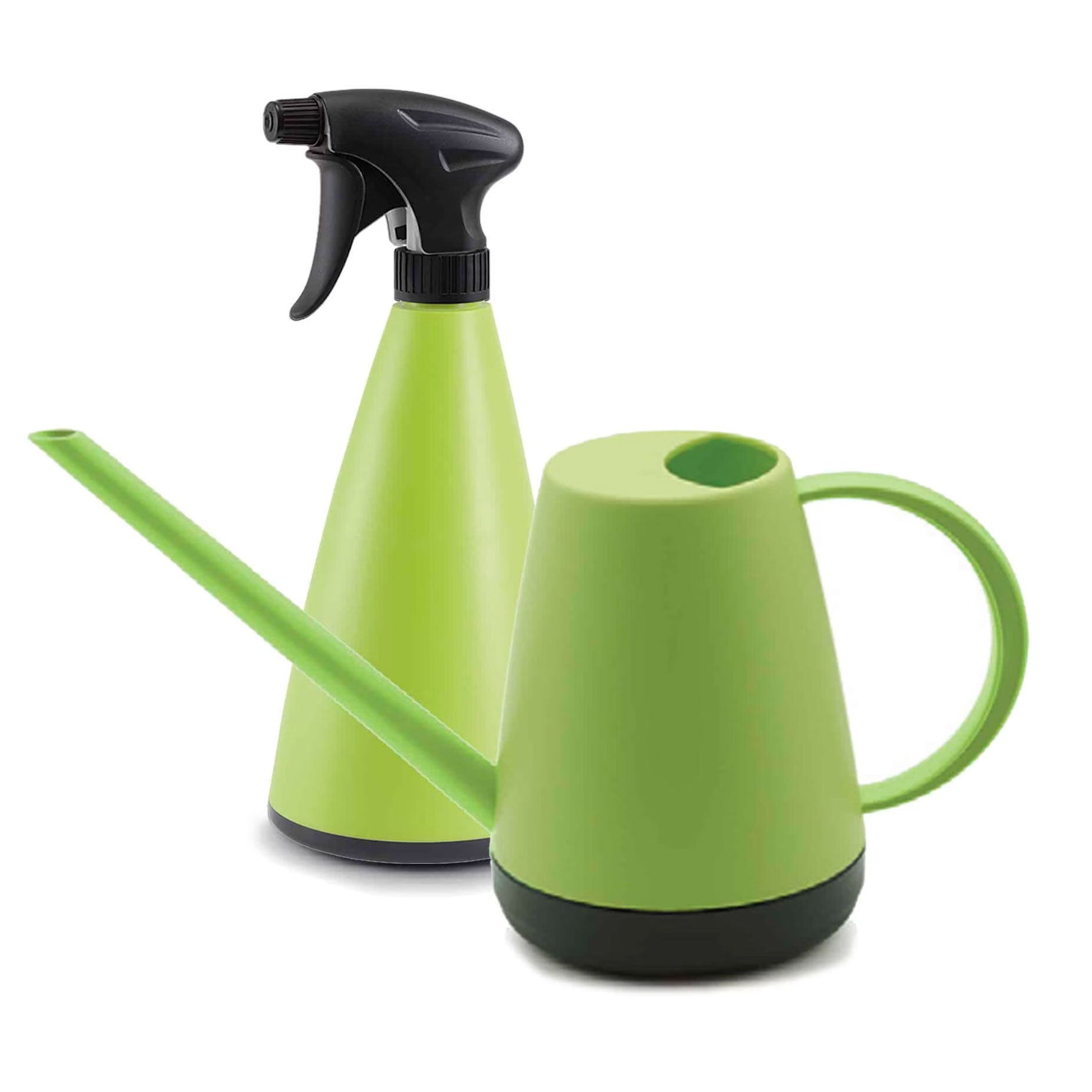Feeding Houseplants: How And When To Fertilize Indoor Plants Like A Pro!
Container-based houseplants have specific feeding needs over and above plants grown in the ground. Here’s how and when to fertilize indoor plants the right way
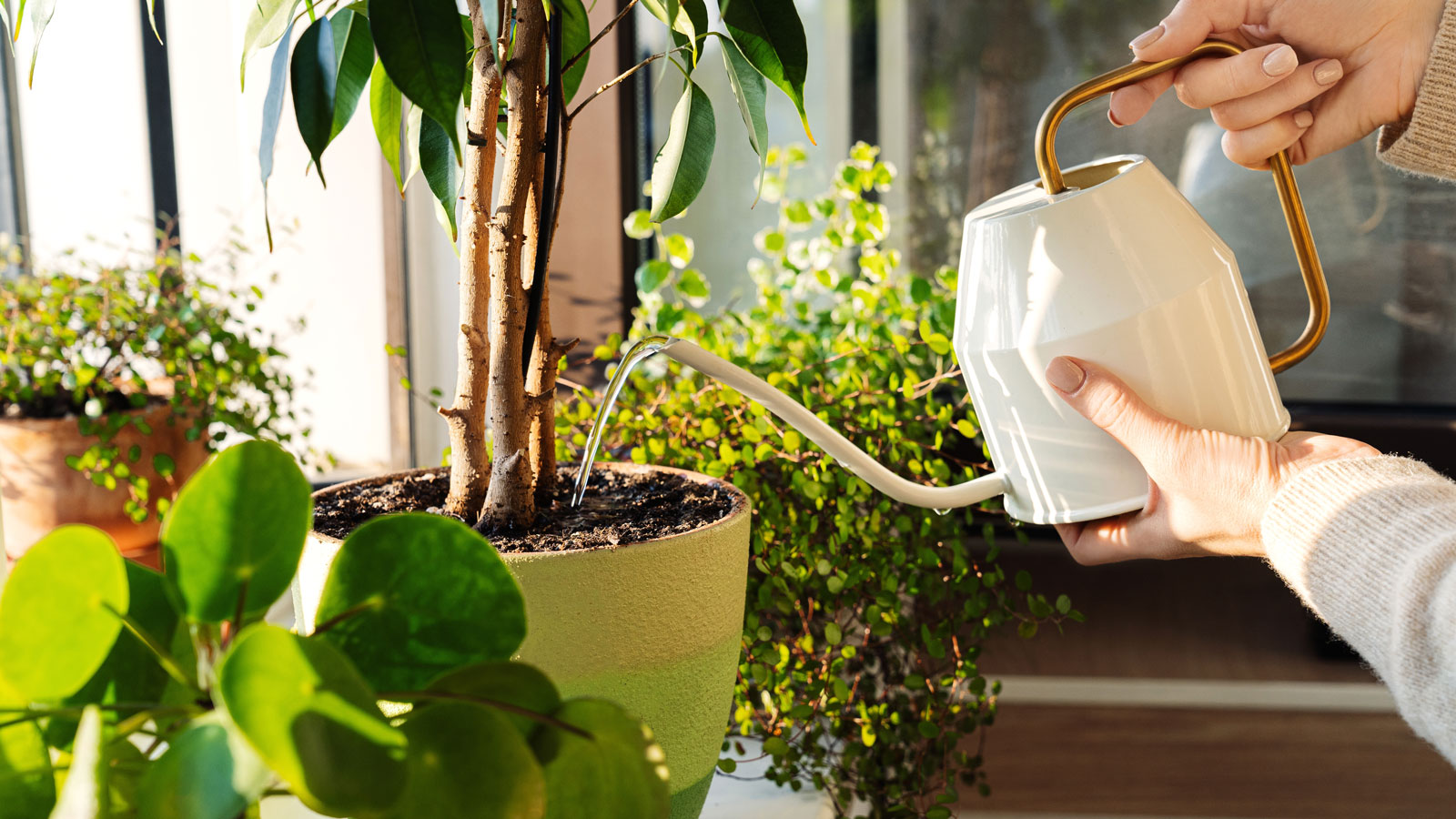

Amy Draiss
Houseplant maintenance often focuses on light and water, but taking time to fertilize indoor plants is just as important. Any nursery or garden center will have plant fertilizer for indoor plants available for purchase, and you can even make your own formula. But which is best for certain stages of growth? And when are the best times to use fertilizers indoors – and when should you hold off?
It’s wise to set up an effective schedule to fertilize houseplants, tailored to their individual requirements. That way, you can ensure each plant gets the necessary nutrients when they need them most, which is especially important for container-based greenery. Even hard-to-kill houseplants can benefit from a little nutritional TLC, and it's not that hard to get it right. Here’s how to get started…
Why Do You Need to Fertilize Indoor Plants?
Most potting soils have a limited number of nutrients and minerals. Over time, the plant will uptake what is there, and sometimes some may leach out while you are watering your houseplants. That leaves the plant with little in the way of continuing growth-boosting material.
You could re-pot the plant, but many plants don’t like to be disturbed. Instead, it’s often best to use indoor plant food on a regular basis to give contained houseplants much-needed nutrients. Even succulents such as those you can grow in a Terrarium Mason Jar Kit, available at the Gardening Know How Shop, will stay happier with a little application of fertilizer at the right time of the year.
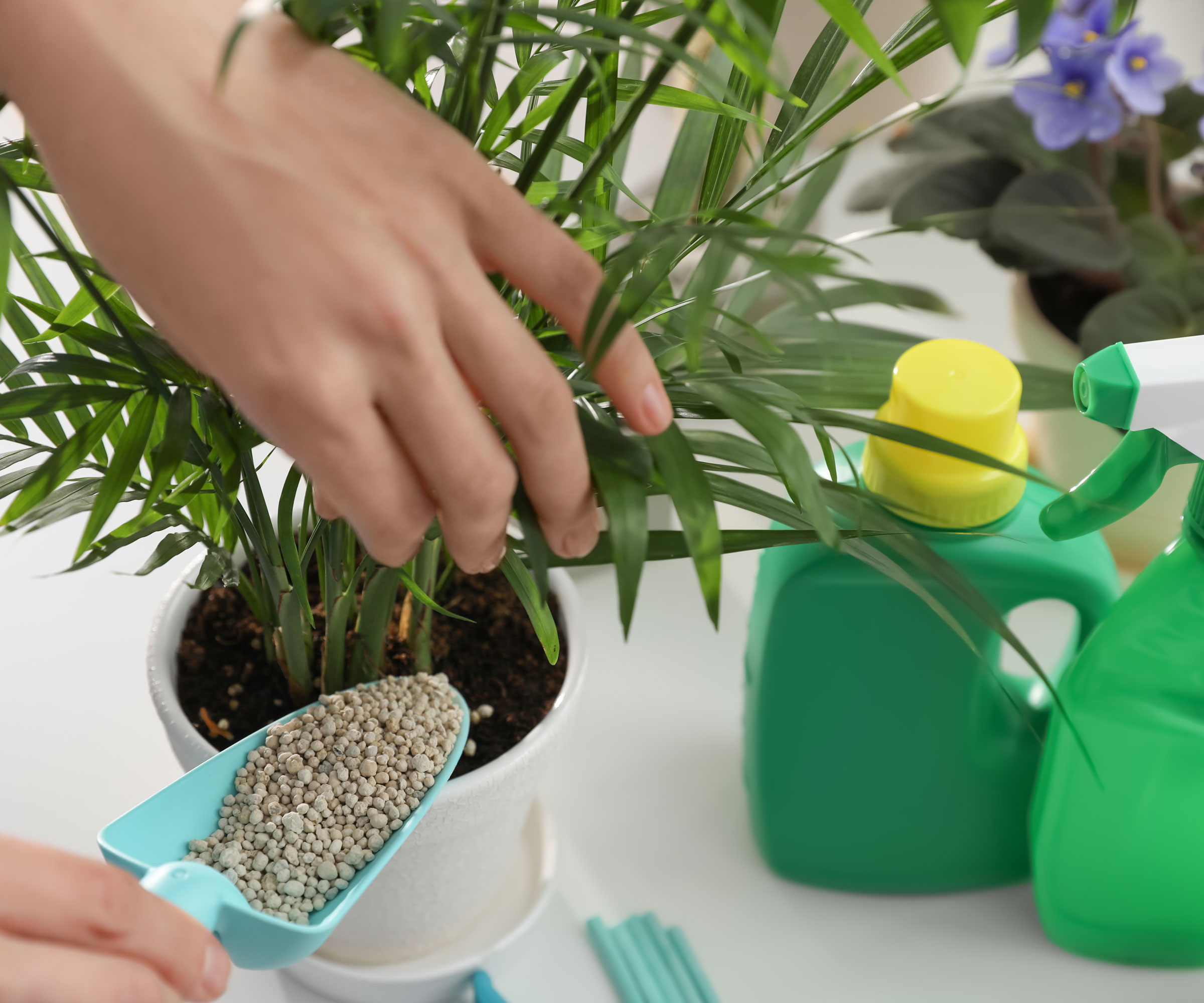
Best Fertilizers for Houseplants
Indoor plant fertilizers tend to contain a trio of macronutrients – nitrogen, phosphorus and potassium. This fertilizer content is represented on the packaging by a ratio. Each number in the ratio corresponds to the amount of the listed nutrients. Alongside those, you may also see trace elements and micro-nutrients as well.
In general, foliage plants will need a higher nitrogen number, while flowering or fruiting plants will need more phosphorus. If you wish to use one formula for all your houseplants, a balanced fertilizer ratio of 10-10-10 should be sufficient.
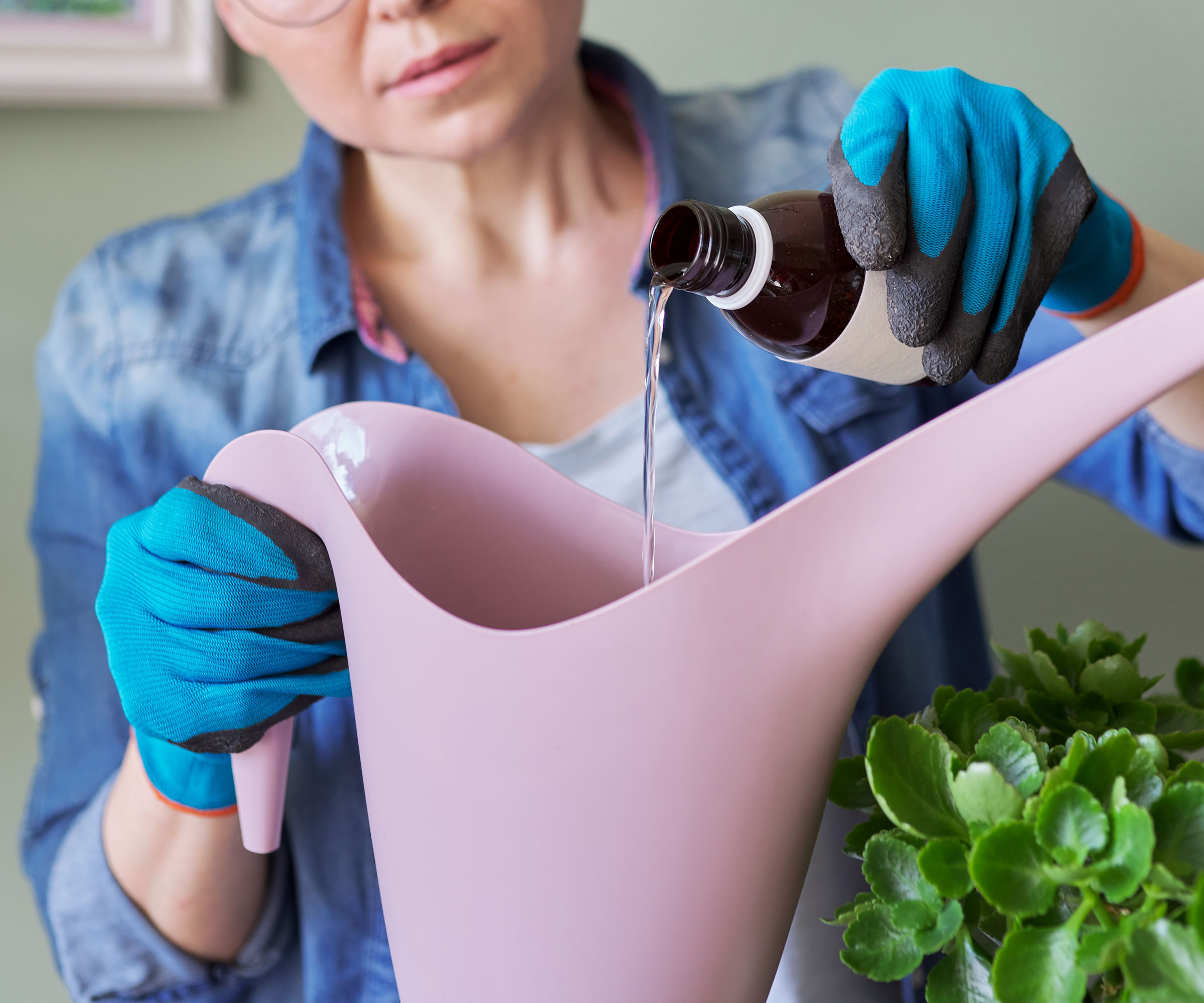
How Often to Fertilize Indoor Plants
The frequency will depend upon the plant and the time of year. It is not necessary to feed plants when it is winter and they are mostly dormant. But once spring comes, new growth is spurred by higher light levels and warmer temperatures.
Sign up for the Gardening Know How newsletter today and receive a free copy of our e-book "How to Grow Delicious Tomatoes".
If you use a slow-release food, the plants will only need to be fertilized once or twice per year. If you use a water-soluble fertilizer, fertilize every couple of months. If you dilute the liquid by half, the plant may be fertilized as often as every couple of weeks.
Again, this will depend upon the type of plant. Succulents only need fertilizing once in spring. However, a heavy-feeding plant like a Philodendron Painted Lady or Pink Princess, both available at the Gardening Know How shop, will benefit from a biweekly feeding with a diluted liquid food. Dieffenbachia are also heavy feeders that will appreciate feeding once or twice a month during the growing season.
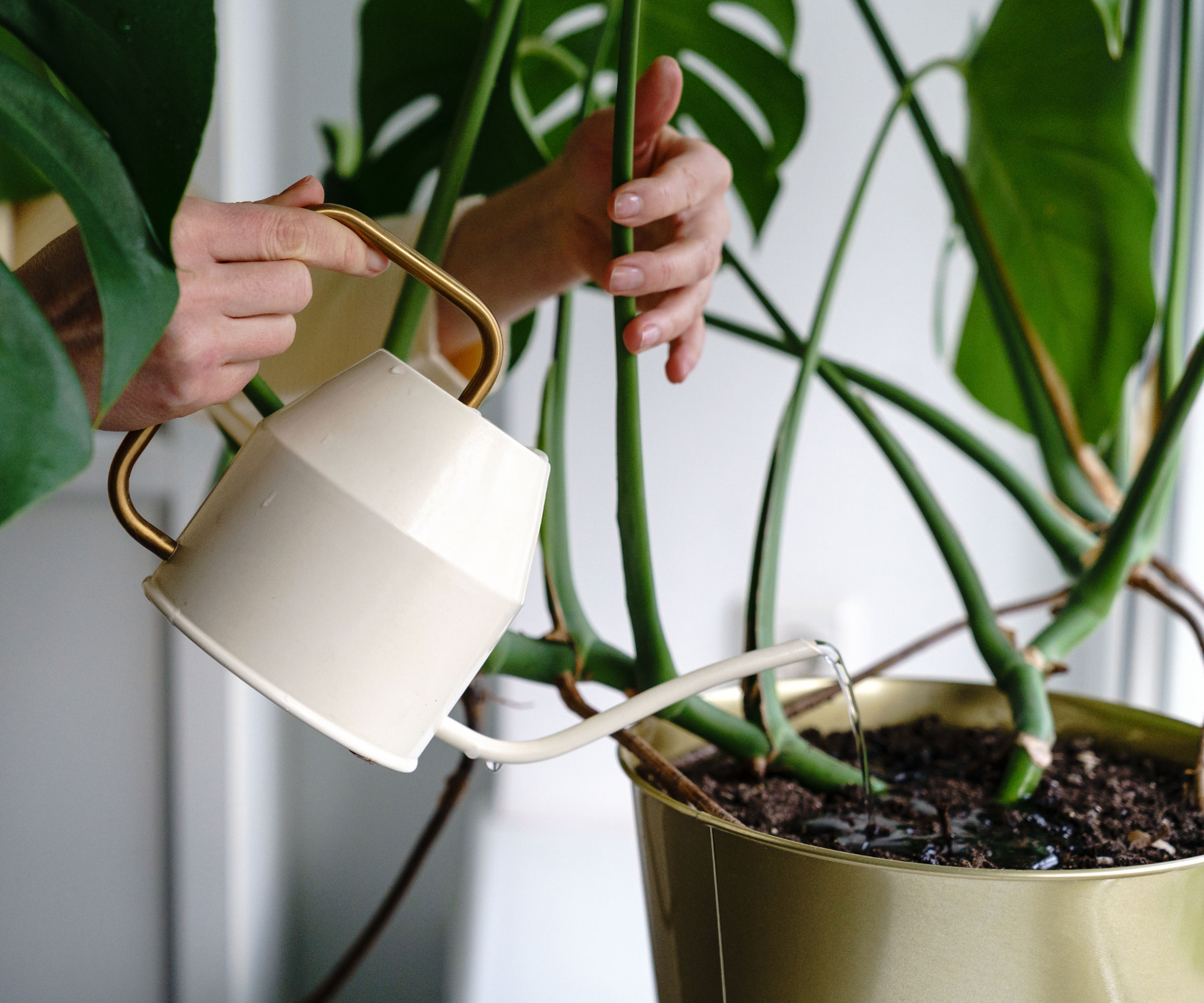
When to Fertilize Indoor Plants
Most plants will actively grow from spring into fall, or March through November. There are some exceptions, though, such as those kept under plant lights all year or those in a southern or western window. So you might not necessarily stop fertilizing houseplants in winter.
As a general rule, you should apply fertilizer to houseplants when they are actively growing. If you are in doubt, check the plant for new shoots. Most liquid fertilizers recommend fertilizing once per month. But plants can only uptake nutrients at a fairly slow rate, and much of the fertilizer will leach out of the drainage holes during watering. A solution to this is to dilute the fertilizer and feed the plant bi-monthly.
Bear in mind a couple of times when you can hold off on feeding. Do not fertilize a newly purchased plant, or one that has recently been re-potted.
How to Fertilize Indoor Plants
Knowing how to fertilize indoor plants is often a trial-and-error experience. Over time, as you get to know their needs, this will naturally inform how you fertilize houseplants. Each plant's needs will vary according to species, cultivar, site, temperature, and other cultural and environmental conditions.
There are many different compositions of fertilizer available for houseplants. Granules and fertilizer sticks or spikes are often slow-release, and will feed the plant for many months. Just press the sticks into the soil at the root zone. A granular formula may be gently worked into the top of the soil.
Liquids and concentrates are water soluble and will need to be dissolved in the recommended amount of water and applied to the soil. There are also foliar feeds available. You can even create DIY houseplant sprays with the potential to serve as supplementary feeds.
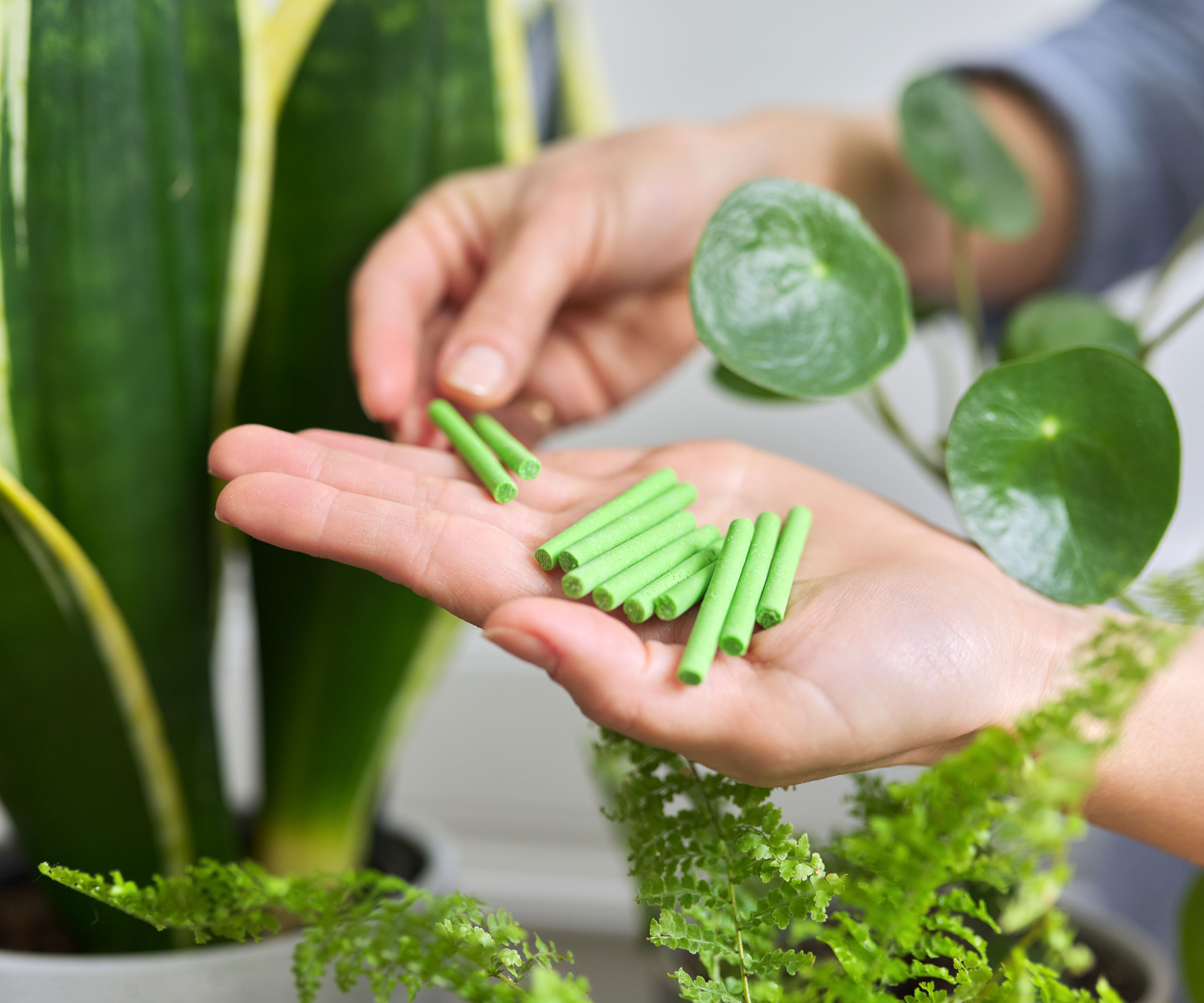
Frequently Asked Questions
How do I prevent over-fertilizing?
One common way to over-fertilize houseplants is to top up feeding when your potting soil already contains a suitable time-release fertilizer. Over-fertilizing can cause burnt roots and leaves, and promote excessive, rangy growth. Whether you use a liquid, granular, stick or slow-release option, check food instructions carefully.
It’s also a good idea to leach houseplants a couple of times a year. To do this, allow water to pour out of the drainage holes for a few minutes. This will remove built-up salts that can damage plant material.
Should I fertilize sick plants?
Don’t be tempted to fertilize a plant that looks unhealthy. Often the cause of a sad-looking plant is not a lack of nutrients, but disease, pests or inadequate cultural care. If plants have dramatically wilted, it is best not to fertilize dry soil, which will not hold the fertilizer in any case.
More Houseplant Inspirations
- Tricky bathroom or kitchen corner in need of some cheering up? No problem! We reveal classy houseplant combos to brighten up every room of your home.
- Living in a condo, loft or urban block and craving the most reliable gorgeous green housemates? Find out about the best apartment plants for your digs.
- Looking to showcase houseplant displays in more inventive ways? This roundup of vertical houseplant ideas shows you how to show off elevated plants in style.
- Want to ditch the potting soil and grow plants hydroponically, but don’t know where to start? Our guide to growing houseplants in water can help you get started.
- Make sure your essential houseplant gardening needs are covered – shop indoor gardening essentials in the Gardening Know How Shop for tools, trays, kits and pots.
This article features products available from third party vendors on the Gardening Know How Shop.

Bonnie Grant is a professional landscaper with a Certification in Urban Gardening. She has been gardening and writing for 15 years. A former professional chef, she has a passion for edible landscaping.
- Amy DraissDigital Community Manager
